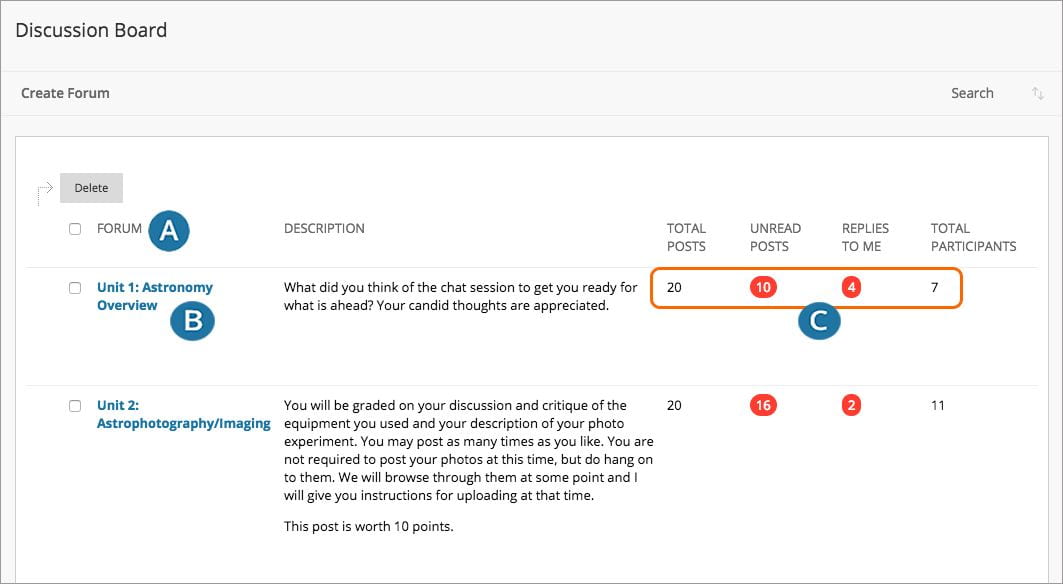When you think of illiteracy, what is the first thing that comes to mind? maybe for some, this term can be related to third-world countries. It can be defined as the inability to read and/or write. for me, the first thing that comes to mind when I think of illiteracy is:
This was a topic, and a term, that I did not relate to a level of seriousness until I began college. After doing a search of just the word “illiterate” and going through the images that pop up aren’t related to humor at all; they are a dark and raw and real. When I dug a little deeper to see where people with this issue were located, I was absolutely shocked to learn that there were people who lived in my home state that experienced illiteracy.
For those people in Ohio who experience illiteracy, the phrase “functionally illiterate” is used to make it a little more positive than what it actually is. This can refer to someone who goes through everyday life and functions, but may not be able to tell time or read a medication label or understand the bus schedule. According to Kristi Garabrandt of the News Herald, 66% of the illiteracy rate in Ohio comes specifically from Cleveland. This statistic can come from poverty, personal trauma/experiences, the inability to read and write, etc. This experience with illiteracy can affect a span of generations and causes more people in society to become “functionally literate”.
Being illiterate in the society we live in today can be detrimental to someone’s function in life. We talked last week on the topic of literacy being a right, and it seems that in this moment, specifically in Cleveland, it is a topic worth relating to. Children of adults who are going through life “functionally illiterate” are most likely not learning like other kids from literate households because they are comprehending now words or phrases. They are learning what they can in school, and they are expected to learn in this setting because they won’t be able to get this type of learning at home. Illiteracy can affect kids, which can potentially affect their future lives in society.
It is important for teachers/supervisors/professors to be able to realize and connect with these kids and help them learn and engage in their own way in order to break this trend and help children learn in a way that specifically makes with them and that starts in the classroom, from an early age.

 Services were starting to be made available on mobile devices in the early 2000s. The news was able to reached on mobile phones at the beginning of the new millennium. “Text to” became very popular during this decade as well: “text to vote” on the hit singing show, American Idol, “text to donate”, “text to receive updates” on the presidential campaign. this was a time period where texting started become known and was being used commonly in everyday life.
Services were starting to be made available on mobile devices in the early 2000s. The news was able to reached on mobile phones at the beginning of the new millennium. “Text to” became very popular during this decade as well: “text to vote” on the hit singing show, American Idol, “text to donate”, “text to receive updates” on the presidential campaign. this was a time period where texting started become known and was being used commonly in everyday life.








